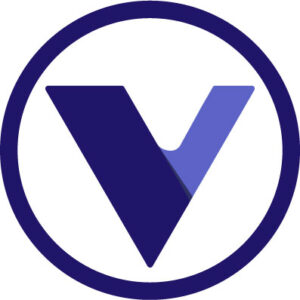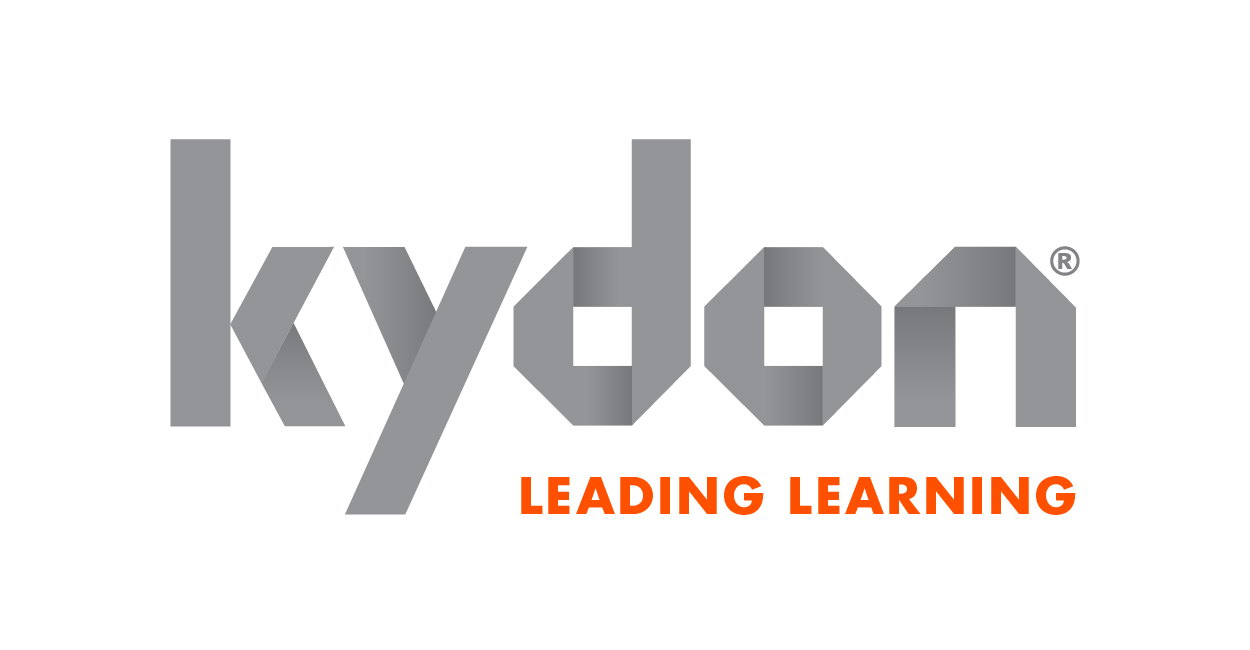Why Experiential Learning Is The Way Forward
For many of us, long before the training manuals and PowerPoint handouts, we learned mostly from what we lived through each day: that is, from our experiences.
The 70:20:10 Learning Model
According to a research-based, time-tested guideline, people tend to learn effectively in these proportions:
- 70% through experience, experiment, and reflection
- 20% from social interactions and working with others
- 10% from formal interventions, such as classroom training programs
A Simple Framework For Designing Experiential Learning
So what is "experiential learning", exactly? Put simply, it is a learning process where the learner learns by doing. This, however, does not mean we throw people into the deep end, and hope they will figure things out. That’s not experiential learning; that's just a bad experience! Instead, we need to design learning to help people get the most out of their experience. Using Kolb’s experiential learning cycle as a framework, we can break down the design of experiential learning for training into four parts:
- Concrete experience
The key is to spark the learning process by making sure that the learner personally experiences something. The experience kick-starts the person’s discovery of a particular topic. This contrasts with the individual engaging with the topic from a distance, such as merely reading or listening. - Reflective observation
The learner takes a magnifying glass to examine what they have gone through. The question that the individual seeks to answer at this stage is not "why", but "what" and "how." What was going through my mind? What was I thinking and feeling? How would this differ from what I’ve previously experienced? - Abstract conceptualization
The learner is guided to use logic to reason, explain, or draw conclusions about their reflections. The central question being addressed is, why is it so? Individuals would develop hypotheses, concepts, and even frameworks that they feel could be applied in similar situations. - Active experimentation
The learner should then be encouraged to take the next natural step, which is to test what they have learned. They try to apply their learning to other scenarios and the idea is to get the learner to take risks and try to solve problems with what they have learned.
Why Experiential Learning Is The Way Forward
There are a number of advantages that come with using experiential learning for training:
- It encourages action-orientedness
Experiential learning is an active form of learning. There is plenty of doing and testing. This is crucial in a corporate setting, where results and continuous improvement matter a lot more than ideas. It is also an essential part of driving innovation. - Adaptability becomes second nature
Learners continuously iterate and get actionable feedback through experiential learning. This is precisely the skill needed for tackling novel and unknown problems where there are no known solutions. Increasingly, this is a critical skill for the workplace because of the rapid pace of change brought on by technology, as well as growing market uncertainties. - Learning retention is superior
Hermann Ebbinghaus, a German psychologist who researched memory, discovered that human beings forget most of what we learn, shortly after we first learn it. By engaging learners in activities, experiential learning makes learning more engaging and reinforces new knowledge and insights, thus making learners less likely to fall victim to the forgetting curve.
4 Examples Of How Experiential Learning Can Be Applied For Training
1. Simulations In Digital Marketing
The world of digital marketing is evolving at breakneck speed, with new platforms sprouting like mushrooms on the world wide web. Learning how to navigate and apply these tools can be overwhelming. However, using experiential learning simulations, learners can act as marketing managers and experiment with choosing the appropriate digital marketing tools and channels in their simulation. Learners can then plan their strategies and consider how to manage real-world constraints, like a fixed budget and KPIs. This helps learners experiment in a safe environment and build confidence to apply their knowledge in the real world.
2. Branching Scenarios In Compliance
Compliance is sometimes seen as boring, or a simplistic box-ticking exercise. But in reality, there is a lot of nuance to understanding and adhering to rules and regulations. More often than not, the right thing to do depends on the specific situation. Using branching scenarios, employees can experience a series of choices to help them internalize compliance issues at a more intuitive level. The scenarios can also embed choices relating to corrective actions in the case of compliance breaches. Not only does this help employees know how to make the right choices and understand the consequences of their actions, it also makes for more interesting learning!
3. Role-Playing In Customer Services
More than ever, being customer-centric is seen as being necessary for business survival. Applying experiential learning can be impactful in helping to anticipate and meet customer expectations. Various scenarios can be designed, from a simple query to a faulty product or a subpar service, with elements of role-playing for learners to experience being customers or customer service agents. This deepens the learners’ abilities to put themselves in the shoes of a confused, angry, or frustrated customer, and to better anticipate their needs in future real-world situations. Experiential learning for training in this manner is useful not just for customer-facing employees, but also for employees who are building the products for customers.
4. Virtual Reality In Manufacturing
It may be hard to imagine "learning by doing" in environments such as manufacturing, where making mistakes can be costly. This challenge is compounded, as manufacturing methods and processes continuously evolve to adopt new technologies which employees have to pick up on. But through the use of Virtual Reality (VR), learners can train to execute complex processes first-hand and any "costly mistakes"—for instance, disrupting a critical process or breaching safety regulations—can be made in a riskless virtual environment. At the same time, allowing employees to experience multiple scenarios using VR would also enable them to gain experience, that would have otherwise taken a much longer time.
Conclusion
Custom eLearning utilizing experiential learning is a cornerstone for any successful Learning and Development program. It creates individuals and teams that are much more adept at solving complex problems. It also makes learners comfortable to manage and make decisions under uncertainty, while helping them grow along the way.










